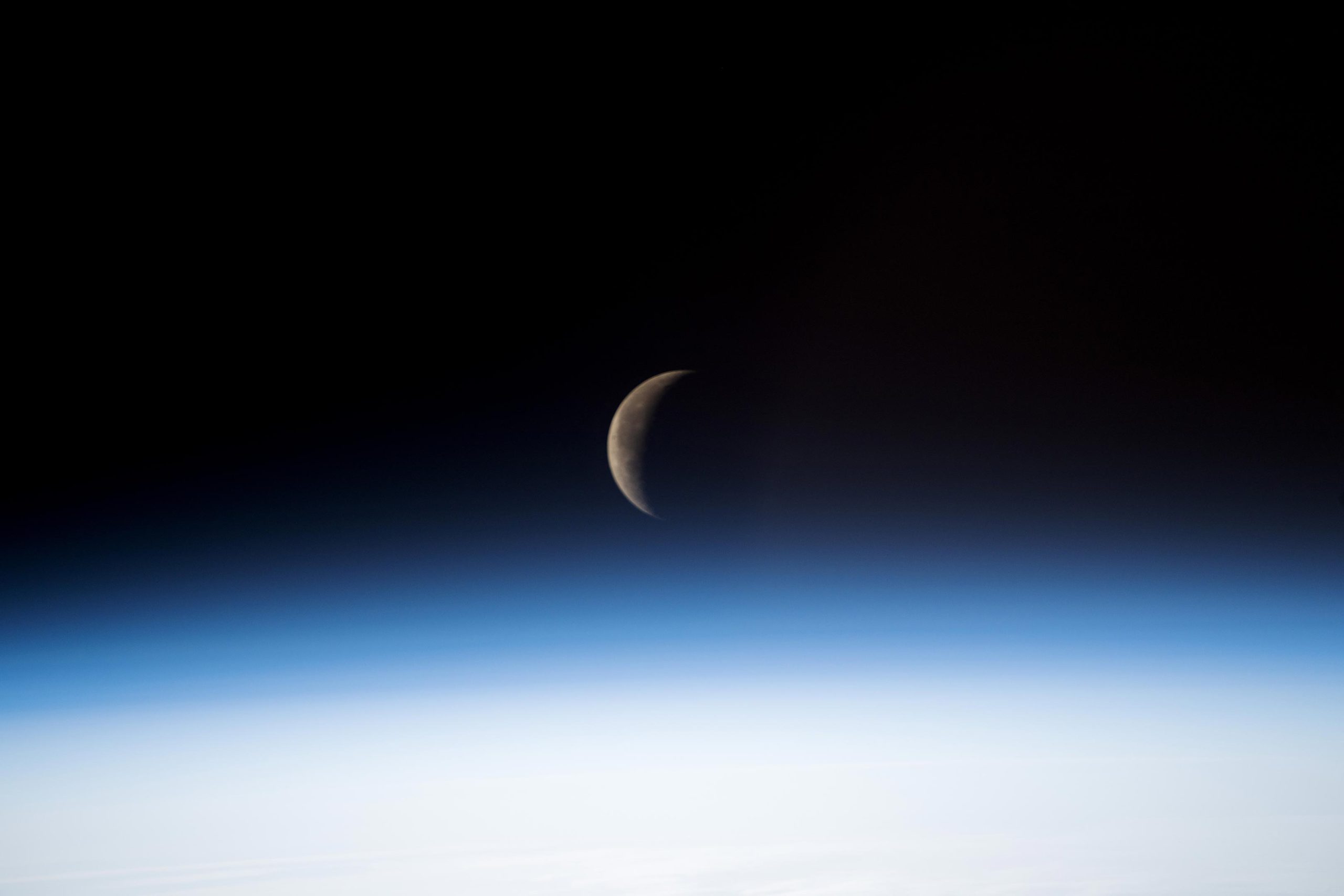Connect with us
Published
1 month agoon
By
admin
On November 25, 2024, an astronaut aboard the International Space Station (ISS) took an extraordinary photograph of a waning crescent Moon over Quebec, Canada. This image offers a unique perspective, free from atmospheric distortions, allowing a clear view of the Moon’s surface as only 27% was illuminated by sunlight at the time. Unlike views from Earth, the ISS, orbiting at 28,200 kilometers (17,500 miles) per hour, allows astronauts to witness an impressive 16 moonrises and moonsets daily. While clouds obscured much of Quebec below, the astronaut captured the Moon unobstructed, revealing its true colors and shapes without atmospheric interference.
The photograph, taken with a Nikon Z9 camera and a 500-millimeter lens by a member of the Expedition 72 crew, was part of NASA’s Earth Science and Remote Sensing Unit initiatives. Post-processing work enhanced the image’s clarity, making it both visually striking and scientifically useful. Since the photograph was taken, the Moon has continued its orbit and entered a waxing crescent phase by January 1, 2025. The ISS program ensures that such high-quality images are made freely available online for scientific research and public interest.













